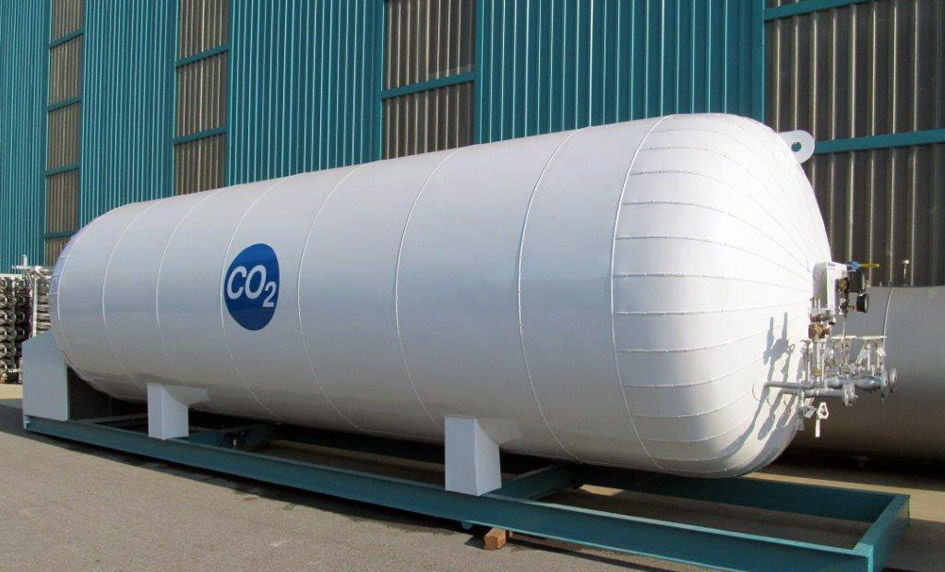BIOMETHANE
Biomethane (also known as “renewable natural gas”) is a near-pure source of methane produced either by “upgrading” biogas (a process that removes any CO2 and other contaminants present in the biogas) or through the gasification of solid biomass followed by methanation.
Once transformed into biomethane, it can be injected into the network, or transformed into Bio CNG (Compressed Natural Gas) or Bio LNG (Liquefied Natural Gas) for vehicle fuel.
ORGANIC FERTILIZERS
Digestate is used as organic fertilizer on the farm’s own fields. While there are suitable inorganic substitutes for the nutrients nitrogen, potassium and phosphorous from organic fertilizer, there is no artificial substitute for other substances such as protein, cellulose, lignin, etc.. They all contribute to increasing a soil’s permeability while preventing erosion. Organic substances also constitute the basis for the development of the microorganisms needed for converting the soil nutrients.
BIOFUELS
The uptake of renewable and low-carbon gases in road transport and gas fuelling stations is growing in the EU.
Indeed, for long haul and heavy transport such as freight, coaches, and inter-/national shipping, hydrogen and bio CNG/LNG are expected to be among the most societally cost-effective solutions, alongside sustainable liquid biofuels. In aviation adoption of non-fossil fuels is expected to only scale-up starting from 2030.
THERMAL ENERGY
Space heating and domestic hot water developments in the early 2020s focus on accelerating building renovation levels in Europe and increasing the adoption of hybrid heating technologies like the use of biomethane and green and blue hydrogen.
Moreover, the most straightforward use of biogas is for thermal energy. Biogas provides a sustainable supply of heat that can serve communities seeking local, decentralised sources of energy, as well as a valuable cooking fuel. Thermal energy can be used for space heating, hot water and in crop drying, bringing farmers a step further to become self-sufficient.
CO2
Physical biogas upgrading is based on removing CO2 from biogas using organic solvent absorption, water scrubbing, pressure swing adsorption, cryogenic separation, or membrane separation. From there, CO2 it can be released without great expenditure of energy, to be made available again as a resource for industrial production.
RENEWABLE HYDROGEN
On-site hydrogen production from biogas is the only way to produce hydrogen with a negative carbon intensity. Hydrogen as a fuel is already a reality in countries like the United States, Russia, China, France and Germany.
Hydrogen can also be used with fuel cells to power anything that uses electricity, such as electric vehicles and electronic devices. And unlike batteries, hydrogen fuel cells don’t need to be recharged and won’t run down, so long as they have hydrogen fuel.
MADE IN SPAIN
A BRIEF STORY OF THE PROCESS
Demand and end uses of renewable and low-carbon gases cover multiple sectors and subsectors, including industry, transport, built environment, and power. A distinction should be made between the physical consumption of renewable gases and the virtual allocation and transfer of certificates or Guarantee of Origin related to the renewable attribute of renewables.
At Biometanizadora Toletum you will find high quality biomethane produced from the Anaerobic Digestion of organic farm waste and agricultural crop waste.
During the process of upgrading biogas into biomethane, also known as biogas purification, digestate is being separated from the methane and stored to later become organic fertilizer: both liquid as well as solid.
Parallelly, CO2 is captured and stored for later usage. From the compression of biogas for its purification, thermal energy is recovered and fed into the anaerobic digestion by pre-heating the substrate or used as building heating. So, we can provide you with the biomethane and its sub-products in qualities and quantities you need. We are happy to advise you on the possible applications of the various types of them. Additionally, the upgrading of biogas allows the production of H2 that can be used as a clean fuel and is a crucial industrial substance.





